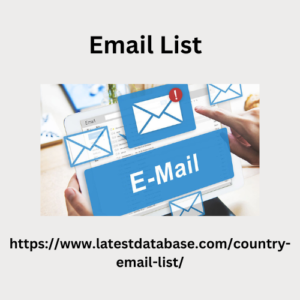New York City, the city that never sleeps, pulsates with energy and a unique rhythm – a rhythm that extends to its phone communication system. Unlike many cities with a single area code, New York boasts a symphony of prefixes. Demystifying the New York Dialing Dance: A Guide to the City’s Area Code Symphony a complex dance for residents and visitors alike. This guide equips you with the knowledge to navigate the city’s area codes effortlessly, ensuring your calls always reach the right destination.
The OG Maestro: The Enduring Reign of 212
For decades, the 212 area code reigned supreme in New York City. Established in 1947, it became synonymous with the city, a familiar prefix etched on business cards and a constant on payphones. The 212 code witnessed iconic moments, from the bustling trading floors of Wall Street to the electrifying stages of Broadway. It was the sound of opportunity and ambition ringing through the city’s veins.
The City Evolves, the Codes Multiply: The Rise of Overlays
But as New York City’s population and phone usage skyrocketed, the limitations of a single area code became clear. To accommodate this growth, the New York Public Service Commission (NYPSC) implemented an overlay system. This means that additional area codes now coexist with the well-established 212, creating a dynamic web of prefixes for the city’s five boroughs:
Manhattan: While the historic 212 remains dominant, overlays like 646 and 332 were introduced in the 1980s and 2017 respectively, reflecting the borough’s ever-expanding landscape.
Brooklyn & Queens
These boroughs primarily utilize 718, with the newer overlay 347 introduced in the early 2000s. However, some areas, particularly those Honduras Email List experiencing rapid development, may have phone numbers with the 929 code, another overlay implemented in 2011.
The Bronx: Similar to Brooklyn and Queens, the Bronx primarily uses 718, with overlays like 347 and 929 also present in some areas.
Staten Island: This borough primarily uses the 718 and 347 area codes, reflecting its more residential nature.
Understanding Your Calls: A Guide to New York’s Dialing Symphony
Knowing which area code to use can be a challenge, but fear not! Here’s how to navigate New York City’s multi-code system:
- Making Calls Within New York City: If you’re calling a number within one of the five boroughs, you typically don’t need to include the area code, regardless of the borough’s primary code or any overlays present. Ten-digit dialing is the norm for local calls.
- Calling New York City from Outside the Area: If you’re calling New York City from another part of New York State or even another state, you must include the full 10-digit phone number, including the area code (e.g., 212-XXX-XXXX, 718-XXX-XXXX, or 347-XXX-XXXX).
- International Calls: For calls originating outside the United States, dial the international dialing prefix for your country (e.g., 011 for the US and Canada), followed by the country code for the US (1), then the New York City area code (212, 646, 718, 332, 347, or 929), and finally, the local 7-digit phone number.
Beyond the Dial Tone: Exploring a City Awaits
New York City’s area codes are more than just a gateway to communication; they’re a springboard for exploring a city brimming with energy and experiences. Catch a captivating performance at Carnegie Hall, or marvel at the architectural grandeur Cracking the Code: Unveiling of the Empire State Building. Foodies can embark on a culinary adventure through the diverse neighborhoods, while history buffs can delve into the rich tapestry of cultures at the Ellis Island National Immigration Museum.
A Word of Caution: Avoiding Phone Scams
Unfortunately, the convenience of communication comes with the potential for scams. Here’s how to stay vigilant when receiving calls, regardless of the area code:
- Unfamiliar Numbers: Be wary of calls from unknown numbers. A Guide to especially those with unfamiliar area codes. Don’t hesitate to let the call go to voicemail and research the number if unsure.
- High-Pressure Tactics: Legitimate businesses avoid pressuring you for personal information or upfront payments over the phone. If a caller urges you to act quickly or offers unrealistic deals, be cautious.



